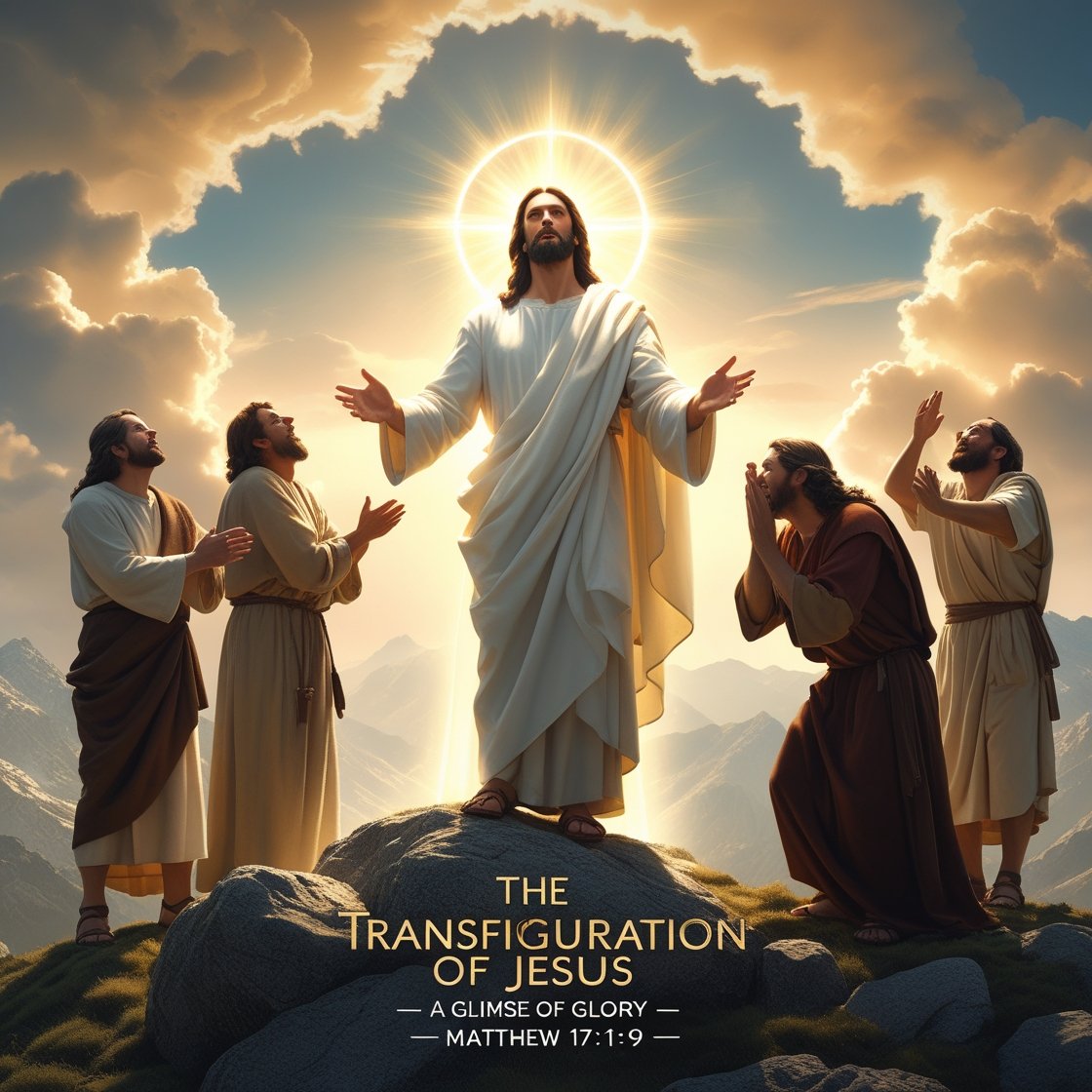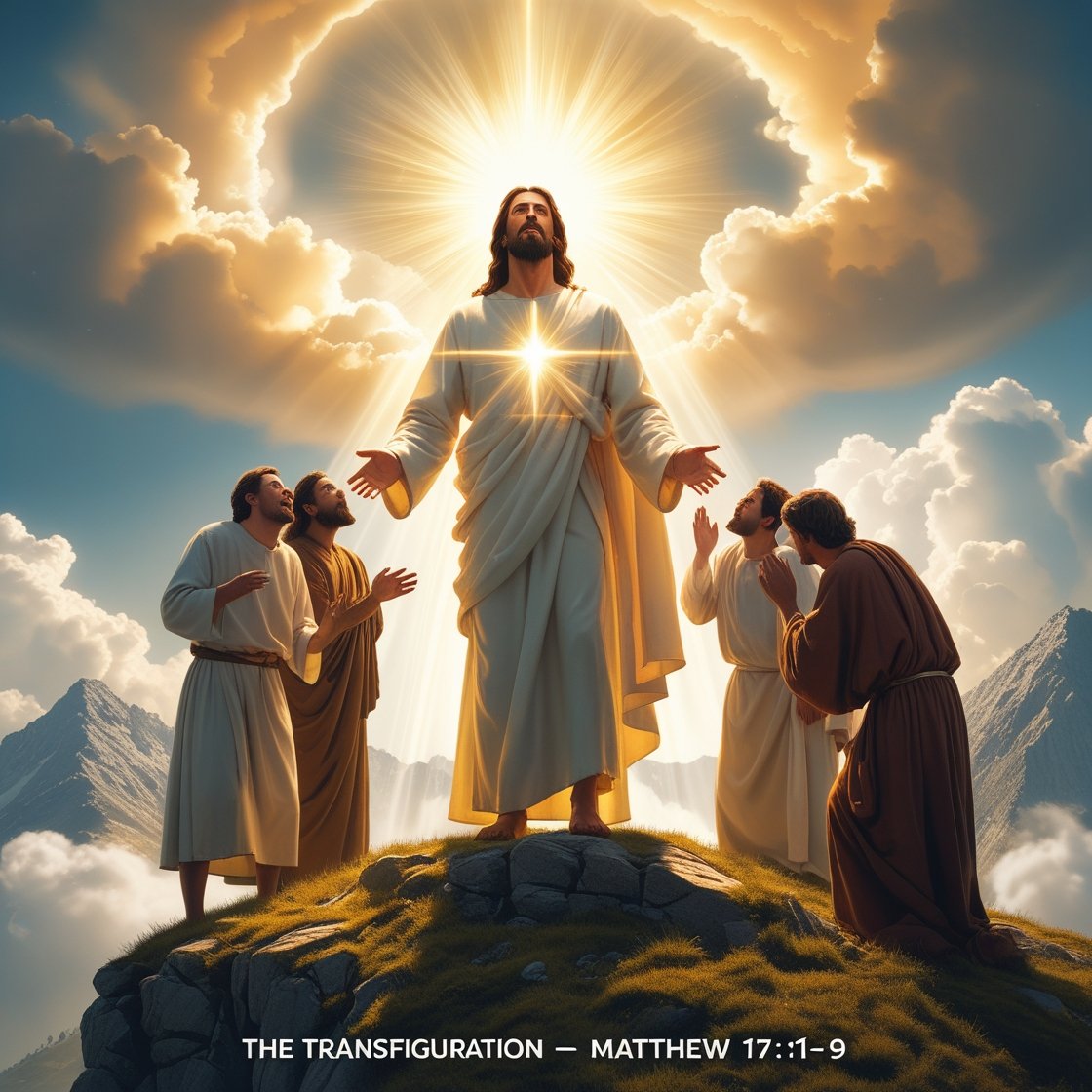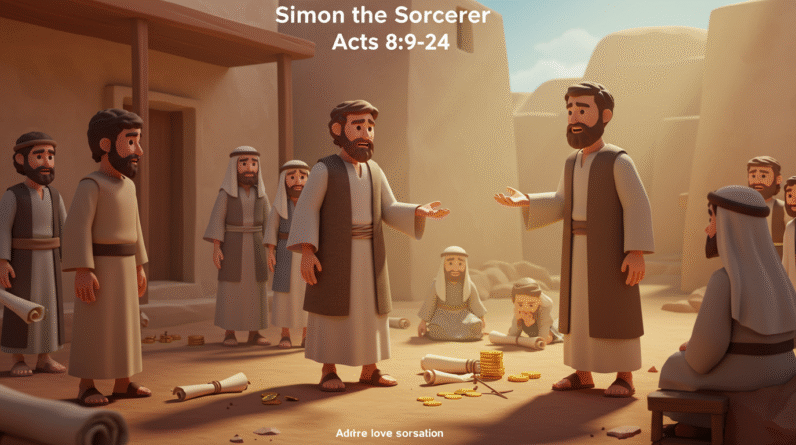Hey there, fellow seekers of spiritual wisdom! Today, I’m excited to delve into a biblical event that’s filled with profound symbolism and spiritual insights—the Transfiguration. We’re about to embark on a journey that will take us to the mountaintop, both literally and spiritually, as we explore the significance of this transformative event.
Introduction
Unlocking the Mysteries
Let’s kick things off by unlocking the mysteries of the Transfiguration. We’ll be diving deep into Mark 9:2-13, a passage that holds a special place in Christian theology due to its rich symbolism and spiritual revelations.
A Glimpse of Glory
The Transfiguration is like a window into the divine realm, offering us a glimpse of Jesus’ true nature. It’s a moment when the earthly veil is lifted, and the heavenly radiance of Christ shines through.
The Mount of Transfiguration: A Sacred Setting
A Journey Upward
Our journey begins on a high mountain, the Mount of Transfiguration. But this is no ordinary mountain; it’s a place of great spiritual significance in the Bible. Mountains often serve as settings for profound encounters with God, and this mountaintop experience is no exception.
Biblical Symbolism
Mountains in the Bible are more than just geographical features. They’re symbolic of encounters with the divine, places where the earthly and the heavenly meet. Think of Moses receiving the Ten Commandments on Mount Sinai or Jesus’ Sermon on the Mount.
Transfiguration’s Mountain
Now, imagine standing atop the Mount of Transfiguration, witnessing an event that will forever change the course of history. Here, Jesus will reveal His true glory, and two great figures from the Old Testament will make a divine appearance.

A Radiant Transformation
Let’s delve into the heart of the matter—the Transfiguration event itself. Picture it: Jesus’ face begins to shine like the sun, and His clothes become dazzlingly white. This transformation is nothing short of miraculous.
Moses and Elijah
But there’s more to this event than just Jesus’ radiant appearance. Moses and Elijah, two towering figures from the Hebrew Bible, appear and converse with Jesus. Moses represents the Law, and Elijah represents the Prophets. Their presence emphasizes the fulfillment of both aspects of God’s divine plan.
The Divine Voice
As if that’s not awe-inspiring enough, a divine voice from a cloud declares, “This is my beloved Son; listen to Him.” It’s God Himself affirming Jesus as His Son, underscoring the divine nature of this event.
The Significance of the Cloud: God’s Presence
Shrouded in Mystery
Now, you might wonder about the cloud that overshadowed the disciples during the Transfiguration. This cloud is not just meteorological; it’s a symbol of God’s divine presence and communication.
Biblical Symbolism
Throughout the Bible, clouds frequently represent God’s presence. Think back to the cloud that led the Israelites through the wilderness or the cloud that filled Solomon’s temple. In the Transfiguration, the cloud emphasizes the extraordinary nature of the event.
The Divine Encounter
The presence of the cloud signifies that this is not an ordinary moment. It’s a divine encounter, a meeting between heaven and earth, a glimpse into the mystery of Christ’s divinity.
Peter, James, and John: Witnesses to Divine Glory
Three Friends, One Life-Altering Experience
Imagine being in the shoes of Peter, James, and John, the three disciples chosen to witness this extraordinary event. Their reactions are a mix of awe, reverence, and perhaps a touch of confusion.
Peter’s Proposal
Peter, always ready to speak his mind, suggests building shelters for Jesus, Moses, and Elijah. It’s a human response to an overwhelming divine encounter—an attempt to make sense of the moment.
Lessons Learned
But as the event unfolds, the disciples learn important lessons. They come to understand that Jesus is not just a great teacher or prophet; He is the Son of God, the fulfillment of the Law and the Prophets.
Transfiguration’s Message for Believers: Spiritual Insights
The Heart of the Matter
So, what does the Transfiguration mean for us as believers? What spiritual insights can we glean from this extraordinary event? Let’s explore.
Affirming Jesus’ Divinity
First and foremost, the Transfiguration affirms Jesus’ divinity. It reveals Him as the Son of God, the long-awaited Messiah, and the fulfillment of the Law and the Prophets.
Seeking Deeper Understanding
The Transfiguration invites us to seek a deeper understanding of Christ’s nature. It challenges us to move beyond a superficial faith and enter into a profound relationship with the Son of God.
Transfiguration in Christian Theology: Impact and Interpretations
Theological Significance
Now that we’ve uncovered the layers of the Transfiguration’s symbolism and spiritual insights, it’s time to explore its theological impact.
A Cornerstone of Faith
The Transfiguration serves as a cornerstone of Christian faith, emphasizing Jesus’ divinity and His role in God’s plan of salvation.
Diverse Interpretations
Throughout Christian history, theologians have offered diverse interpretations of the Transfiguration. Some view it as a prelude to Jesus’ crucifixion and resurrection, while others see it as a glimpse of the heavenly glory that awaits believers.
Notable Voices
Many notable theologians and scholars, from Augustine to Thomas Aquinas to contemporary thinkers, have written extensively about the Transfiguration’s theological importance. Their insights enrich our understanding of this pivotal event.
Application in Modern Faith: Lessons from the Transfiguration
A Timeless Message
While the Transfiguration is a historical event, its message is timeless and applicable to our lives today.
Balancing Act
The event teaches us the importance of balancing action and contemplation in our faith journey. Just as Peter, James, and John witnessed divine glory, we too can seek moments of spiritual transformation and revelation.
Deeper Connection
Ultimately, the Transfiguration encourages us to foster a deeper connection with God. It challenges us to be present, to truly listen, and to value our encounters with the divine.

Conclusion
Reflect and Grow
As we conclude our exploration of the Transfiguration’s symbolism and spiritual insights, I encourage you to take a moment to reflect. Consider how this event, which affirmed Jesus as the Son of God and fulfilled the Law and the Prophets, can inspire your spiritual growth and transformation.
The Transfiguration is more than a historical event; it’s an invitation to experience the divine, to seek a deeper connection with God, and to reflect on the radiant glory that shines within and around us.
FAQ
Q1: What is the significance of the Transfiguration in Christian theology? A1: The Transfiguration is significant in Christian theology because it affirms Jesus’ divinity, highlights His role in God’s plan of salvation, and serves as a cornerstone of Christian faith.
Q2: Who were the disciples present at the Transfiguration, and what did they learn from the experience? A2: The disciples present at the Transfiguration were Peter, James, and John. They learned that Jesus is the Son of God and the fulfillment of the Law and the Prophets through this extraordinary encounter.
Q3: How can I apply the lessons from the Transfiguration in my modern faith journey? A3: You can apply the lessons of the Transfiguration by seeking moments of spiritual transformation, balancing action and contemplation in your faith, and fostering a deeper connection with God in your daily life.







